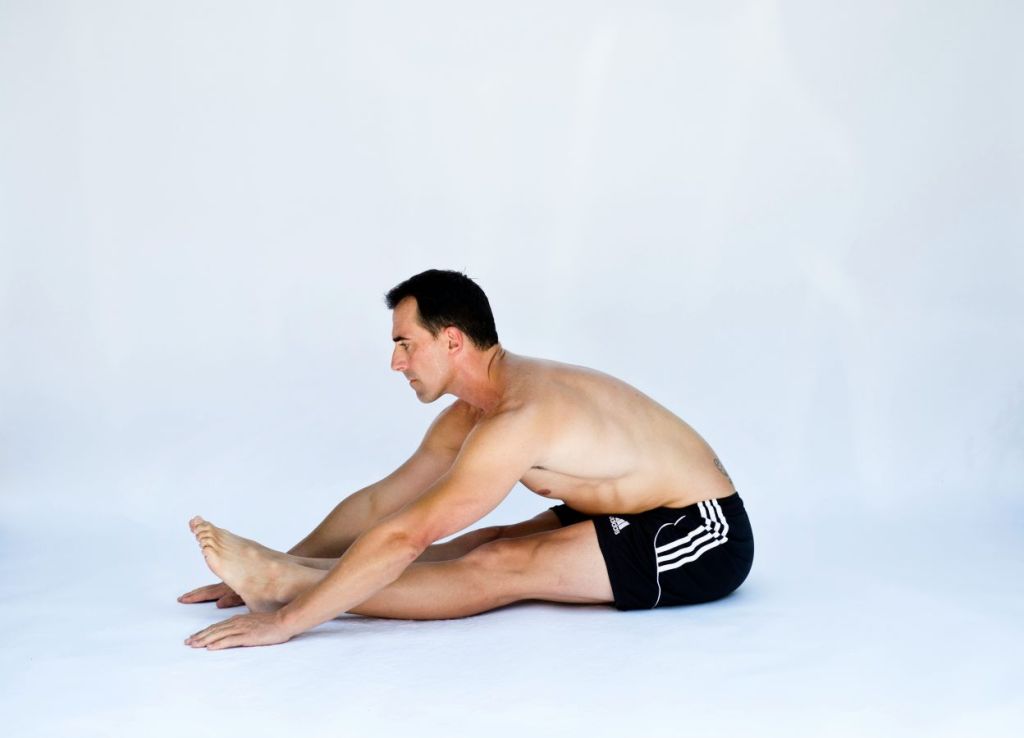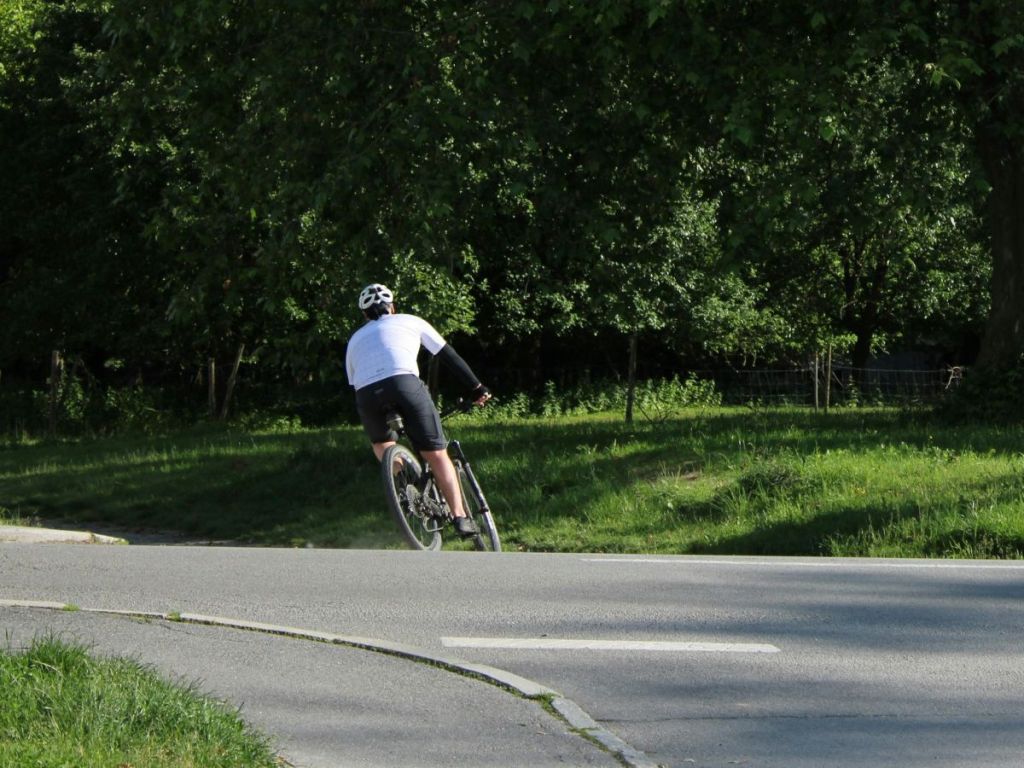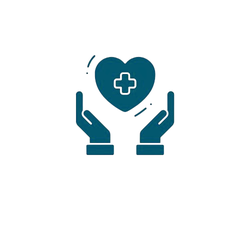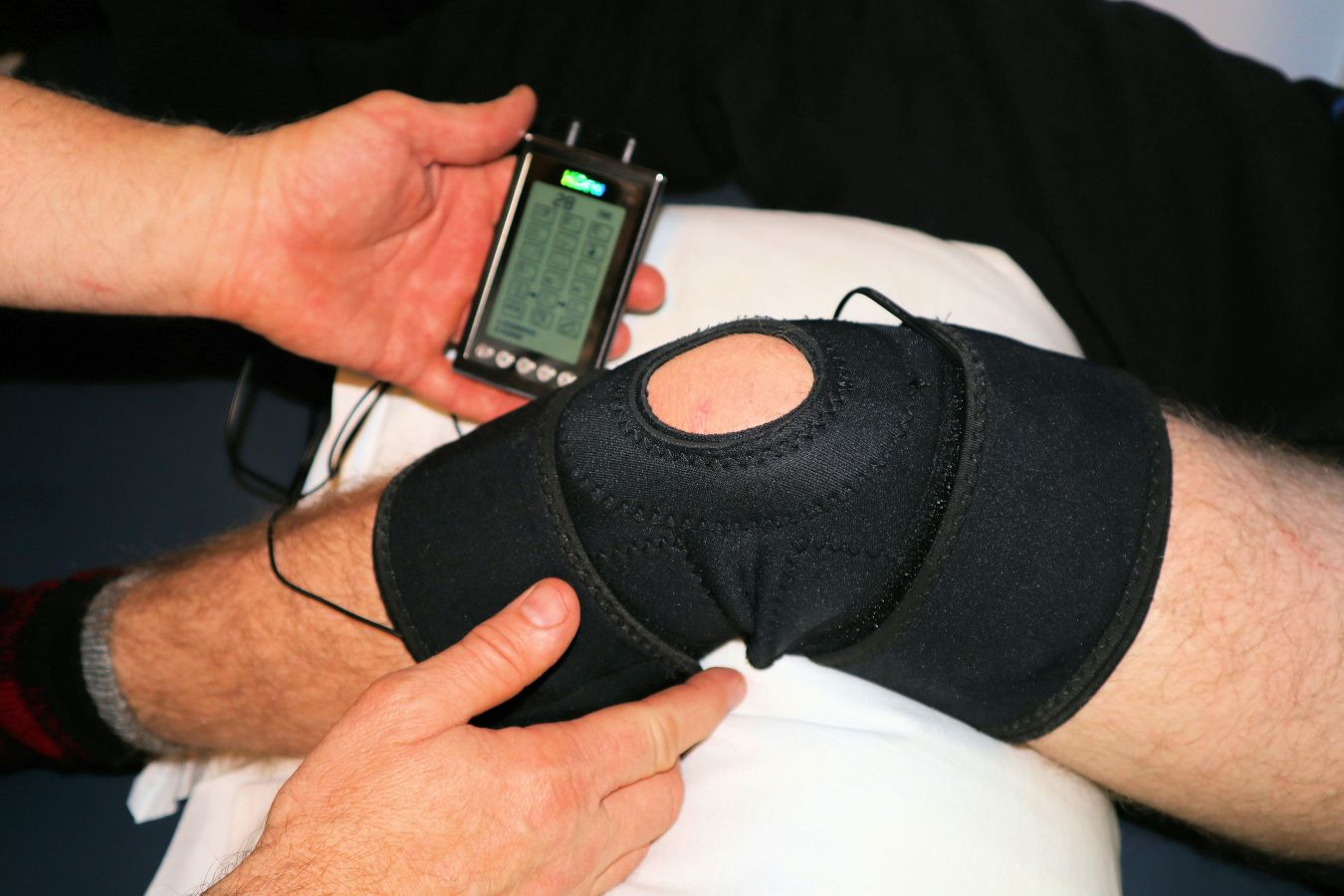Quick Answer
Effective home remedies for knee joint pain at 40 include RICE (rest, ice, compression, elevation), gentle mobility and strength work, and smart daily habits like supportive footwear and sleep. Start small, stay consistent, and track symptoms.
Quick Action Plan
- Use RICE for 48–72 hours after a flare: 10–15 minutes of ice, light compression, leg elevation.
- Add daily micro-mobility (2–3 short stretch blocks) and two strength sessions weekly.
- Switch to supportive shoes; if pain lasts >2 weeks or worsens, see a clinician.
Sources: Harvard Health, Mayo Clinic, NIH/NIAMS
Which home remedies work first for knee joint pain at 40?
Start with RICE: rest, ice, compression, and elevation to calm swelling and pain.
RICE remains the simplest way to settle a knee flare at home. Keep ice sessions short (10–15 minutes) to avoid skin irritation, use a light elastic wrap for compression, and elevate the leg above heart level to reduce fluid. These steps are a foundation for broader home care that supports knee joint pain at 40 without overdoing it.
How do I use compression and elevation safely at home?
Compress snugly but not tightly and elevate the leg on pillows 20–30 minutes, 2–3× daily.
Compression should never cause numbness or tingling. If the bandage leaves deep marks or your toes feel cold, loosen it. Elevation works best with the knee slightly bent and the calf supported; this calms fluid build-up after daily steps and helps you return to movement sooner.
Can gentle stretching be a home remedy without making pain worse?
Yes—short, frequent mobility snacks help more than one long session.
Focus on pain-free ranges. Two to three times per day, perform 3–5 slow reps of heel slides, quad and hamstring stretches, and calf pumps. Keep any discomfort ≤3/10 and stop if pain lingers afterward. Gentle mobility defuses stiffness that fuels knee problems after 40 and supports a steady return to activities.

Gentle home stretching reduces stiffness and restores comfortable range
What strength work can I safely do at home for knee pain in my 40s?
Simple, joint-friendly moves build support: sit-to-stands, wall sits, bridges, and calf raises.
Try two sets of 8–12 reps, two days per week. Prioritize controlled tempo and alignment (knees tracking over mid-foot). Strength creates active braces, reducing stress on cartilage and ligaments. It also protects against joint pain after 40 in hips and ankles by balancing the kinetic chain.
Is a home stationary bike helpful for knee joint pain at 40?
Yes—low-impact cycling keeps blood flowing and nourishes cartilage without pounding.
If you own a bike or have access to one, ride 10–20 minutes at an easy pace on flare days and 20–30 minutes on good days. Adjust the seat so your knee stays slightly bent at the bottom of the pedal stroke. Cycling can bridge the gap between rest and walking when pain is settling.

Do topical gels and heat or ice count as home remedies for knee joint pain at 40?
They can—use topical NSAID gels for flares and alternate heat or ice based on symptom stage.
Topical diclofenac gels can reduce pain with fewer systemic effects than pills. In the first 48–72 hours after a flare, lean on ice; later, many prefer brief heat to relax muscles. Always follow product labels and talk to your clinician if you take other medications or have health conditions.
Which daily habits at home protect knees long-term?
Move every 30–45 minutes, rotate supportive shoes, keep a short evening stretch routine, and sleep well.
Micro-habits prevent small annoyances from becoming big problems. Set a movement reminder, carry groceries in two lighter bags, and park a little farther away from your destination. Seven to nine hours of sleep improves pain thresholds and recovery.
How does weight management at home change knee joint pain at 40?
Even a 5–10% loss reduces joint load and improves comfort.
Focus on steady nutrition behaviors you can repeat: protein with each meal, vegetables first, water nearby, and fewer ultra-processed snacks. Pair these with your mobility and strength plan to steadily cut flare frequency and intensity.
When should I stop home remedies and call a clinician?
When pain lasts >2 weeks, or you notice swelling, locking, instability, fever, or redness.
These red flags can signal meniscus or ligament injury, infection, or inflammatory arthritis. Early assessment prevents setbacks and protects function. If you already have arthritis in your 40s, home care still helps, but it should be paired with a clinician-guided plan.
How do hips and feet fit into home care for knee pain?
Strong hips and mobile ankles keep knees tracking cleanly.
Add clamshells or banded side steps for glutes and include ankle pumps and calf stretches. This reduces compensations that often cause hip joint pain at 40 or recurring knee problems after 40.
FAQ: Home Remedies for Knee Joint Pain at 40
How long should I ice my knee?
Use short 10–15 minute sessions, 2–3 times daily, especially in the first 48–72 hours after a flare.
Can I walk while my knee still aches?
Yes, if pain stays ≤3/10 during and the next day. Use flat routes and shorter durations at first.
Do I need a knee brace at home?
Sometimes during activity. Choose a light sleeve for proprioception and mild compression rather than rigid bracing unless advised by a clinician.
Related Articles
- Knee Joint Pain at 40
- Early Signs of Knee Joint Pain at 40
- Best Exercises for Knee Joint Pain at 40
- Common Causes of Knee Joint Pain at 40
- How to Prevent Knee Joint Pain After 40
- Arthritis in Your 40s
- Hip Joint Pain at 40
Bring Comfort Back Home
Home remedies for knee joint pain at 40 work when they are repeatable: short icing, light compression, brief stretch breaks, two strength days, and supportive shoes. Start today, stay steady, and enjoy knees that keep up with your life.

